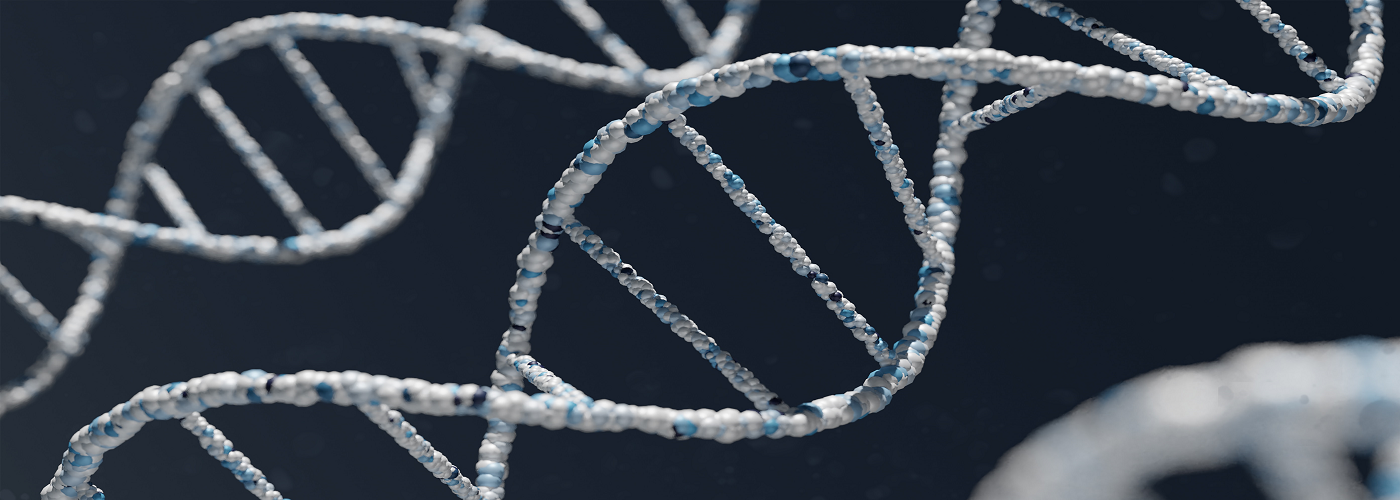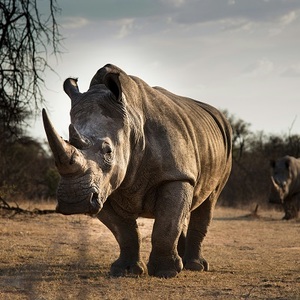

In the race to save endangered species before they go extinct, one of the more difficult tasks seems like it would be the simplest...detecting that they are living in a particular environment or not. However, direct observation can be complicated by factors such as inaccessible habitat or the tendency of the animals to remain elusive in order to survive predators, poachers, etc. Recently, two groups of researchers, one at the University of Copenhagen and the other at Queen Mary University of London were successful in detecting animals in a zoo setting simply by examining the DNA they shed into the air.
The technique known as environmental DNA or eDNA is already a well-established technique used to identify species living in aquatic environments by the DNA they shed in the water. However, making the same identification from DNA being shed in the air is more difficult owing to the much smaller concentration of DNA material being carried in the air.
In order to collect samples, the teams used a fan, not unlike the small kind used to cool the inside of a computer, with an attached filter. The fan draws in any biological material such as breath, saliva, fur, or feces which then collects on the filter. This filter is then run through PCR amplification in order to provide enough DNA to sequence and identify the species.
The Copenhagen team was able to detect 49 non-human species including mammals, birds, reptiles, amphibians, and fish. They not only detected the zoo animals, but also locally-occurring (native) species, and even the species of fish used as feed for some of the zoo animals. The London team identified 25 species of mammals and birds, including the locally-endangered Eurasian hedgehog.
The detection of species even outside of the zoo setting in the Copenhagen case bodes well for future applications of identifying species in the wild, but this newly-developed technique will still have to go through further optimization before it becomes a reliable technique for biological surveying.

